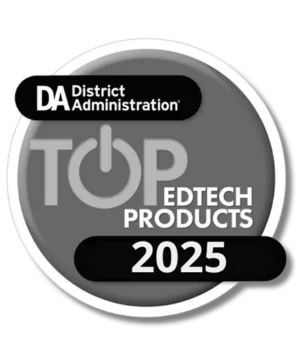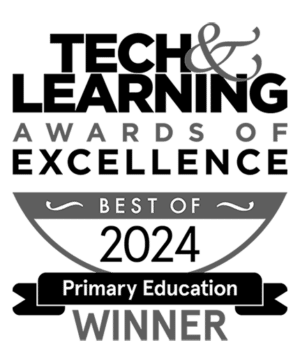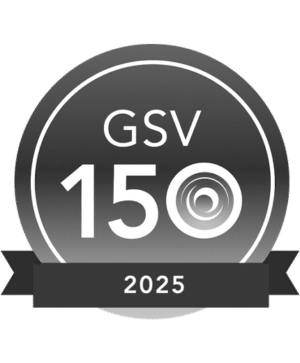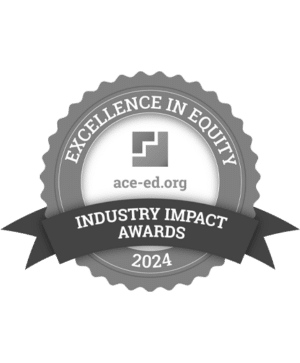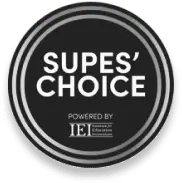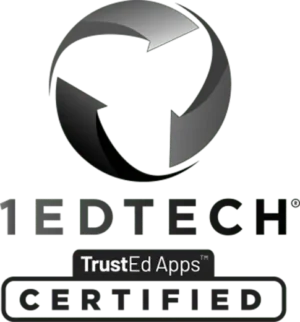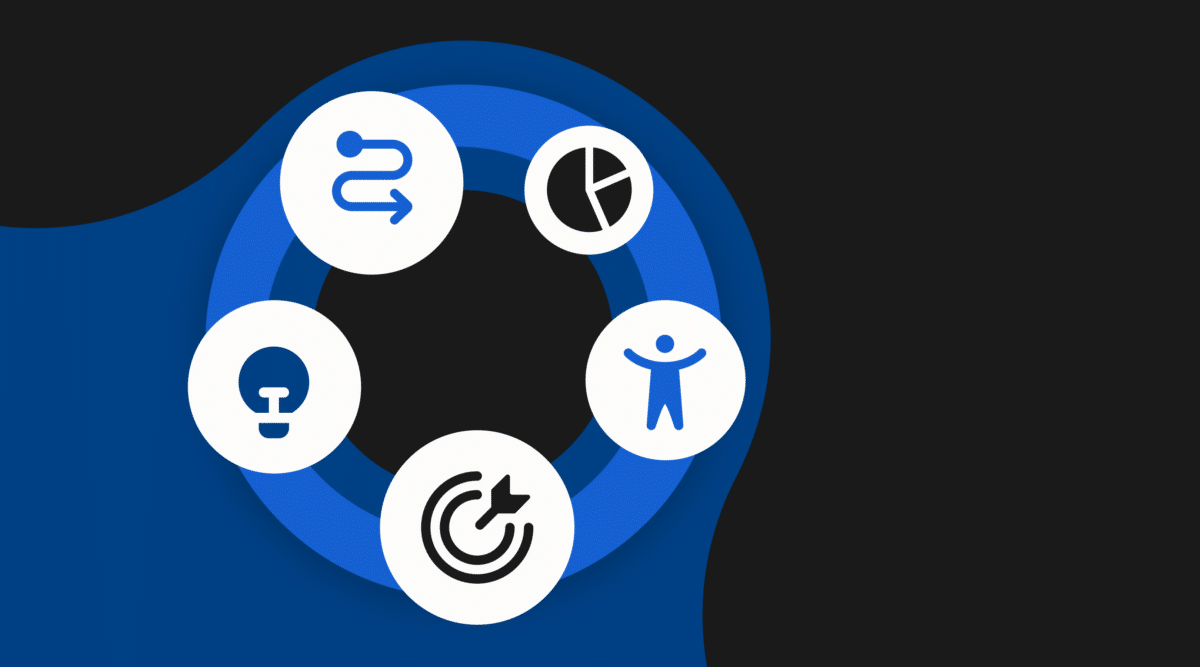
Samantha Shields, an Early Literacy Specialist in Round Rock, Texas combines elements from both Jim Knight and Diane Sweeney’s work to help you set the right kind of goal with your teachers, every time.
Before I became an instructional coach, I read lots of the research, ideas, and theories that experts in the field had shared. When I began putting my learning into practice, I realized that no single coaching model works for every teacher, every time. Those who surrounded me said, “we only use student-centered coaching” or “we only use the impact cycle,” but I found myself weaving in aspects of both coaching models.
Over time, I realized that the driving force of a coaching cycle is the type of goal we work towards with teachers. I picture these types of goals building on top of each other, ultimately leading children and their teachers to be more successful when working towards an academic goal. The idea I outline below combines concepts from both Jim Knight and Diane Sweeney. I want to share these ideas with you to help you set the right kind of goal with your teachers!
The Goal Hierarchy
If your school or district uses Diane Sweeney’s student-centered coaching model, you’ll be familiar with setting standards-based goals. But for students to be successful in these, they first need to be engaged (e.g., if instructional time is being lost to disruptions) before moving on to an academic goal.
Jim Knight’s article Students on the Margins provides measures to look for each kind of engagement: behavioral, cognitive and social-emotional. I incorporated these into a hierarchy of different types of goals, with standards-based goals at the very top.
Check Your Foundation
When I work with teachers who want to set a student-centered academic goal, we first walk through the engagement goals or behaviors to see if their students are equipped to be successful. We ask ourselves: Are students typically behaviorally engaged? Are they typically cognitively engaged? And do they show signs that they are emotionally engaged while at school? This conversation might mean we put our initial standards-based goal on hold, instead working together on an engagement goal to lay the foundation for future academic goals.
Behavioral Goals
This is where we look to see if students are typically on-task, how much of our instructional time is taken up with behavioral corrections and how often students are participating in discussions. These questions may include, but are not limited to: are students generally on task? To what extent do student disruptions interfere with the delivery of the lesson?
Cognitive Goals
When a child is cognitively engaged, they are doing their very best to think about and internalize their learning. They are “authentically engaged.” Students are not just sitting and getting information: They are fully involved in the learning process. Teachers and coaches can ask themselves questions such as: Do students know the learning outcomes? Does formative assessment data show that students are grasping the content?
Social-Emotional Goals
Children are humans too! They have emotional needs and their ability to learn can be hindered by factors such as feeling unsafe, feeling as though they don’t belong, lack of connection, or feeling like no one cares about them. We need to help make sure these needs are met, so that students can focus on learning. Questions that a coach and teacher could ask themselves for emotional engagement are: Do students feel safe? Do they feel cared for?
Standards-Based Goals
Students’ basic needs should be met before we can turn our attention to standards-based goals, which focus more around the skills, content, standards, and knowledge that we want our students to learn. If we’ve determined that the students are set up for success, then we can use these kinds of questions to craft a standards-based goal: Are there standards to be taught that students historically have struggled with in the past? Are there essential standards to be taught that have been determined for your grade level?
Teacher-Focused Goals
Much of my own coaching work has aimed at supporting teachers in their practice. It got me thinking: Is it wrong if my coaching goals sometimes impact a teacher’s practice, rather than student achievement? I think the answer is no. Instructional coaches will always be called on to support teachers implementing new resources, programs, and pedagogies and to set teacher-focused goals. The work we do here supports teacher development which, in turn, improves student outcomes.
Pro tip: With skillful questioning and guidance, you can slowly move a coaching cycle’s work in the direction of student learning. Use questions like this to help: What area do you struggle with right now? How would coaching in this area impact student learning?
Final Note
Once coaches are aware of the different engagements and goals that proceed each other in order for students and teachers to be successful with academic goals and coaches are aware of what the focal point and impact of their work is (i.e., teacher centered or student centered), I believe it’s then that coaches can gain a deeper understanding of the work that they do to impact both teachers and students.
About Our Guest Blogger
Samantha Shields is an Early Literacy Specialist in Round Rock, Texas who coaches and supports teachers through the learning of The Texas HB3 Reading Academies and Early Literacy Skills.
She has a skill base for coaching and supporting teachers in authentic ways that help them meet their goals for student success and professional growth. Samantha has a passion for coaching teachers in Literacy, with an emphasis on Early Literacy Skills, to help every teacher feel equipped and knowledgeable with the learning and experience they need in order to help every child become a successful reader and writer. Be sure to connect with Samantha on Twitter @SamShieldsCoach!
Stay Connected
News, articles, and tips for meeting your district’s goals—delivered to your inbox.




